8 key factors to consider when testing AI chatbot accuracy
Artificial intelligence has come a long way to get rid of irrelevant, incoherent output. Modern chatbots use advanced language models to answer general knowledge questions, compose lengthy essays and write code, among other complex tasks.
Despite advances, be aware that even the most sophisticated systems have limitations. AI can still make mistakes. To determine which chatbots are least susceptible to AI hallucinations, test their accuracy against these factors.
1. Ability to solve math
Let's run math equations through chatbot. They will test the platform's ability to analyze problems, translate mathematical concepts, and apply precise formulas. Only a few models demonstrate reliable computing power. In fact, one of ChatGPT's worst problems in its early days was its terrible math capabilities.
The image below shows ChatGPT failing to hit the baseline stats.
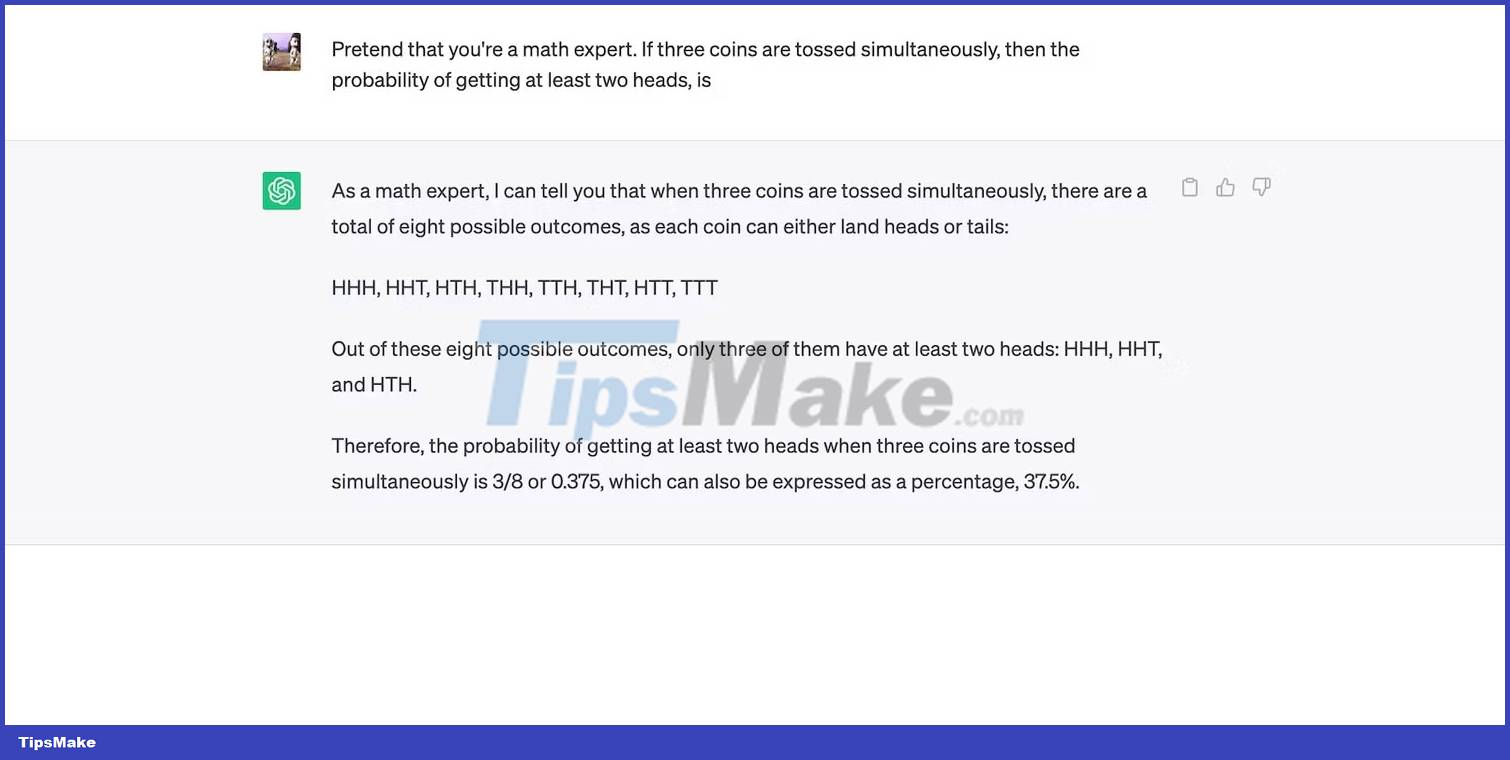
ChatGPT has shown improvement after OpenAI rolled out its updates in May 2023. But considering its limited datasets, you will still struggle with intermediate to advanced problems. .

Meanwhile, Bing Chat and Google Bard have better computing power. They run queries through their respective search engines, allowing them to take formulas and provide answers.

Try rephrasing your queries. Avoid long sentences and replace weak verbs; otherwise, the chatbot may misinterpret your question.
2. Ability to understand complex queries
Modern AI systems can take on many tasks. Advanced LLMs allow them to retain previous instructions and respond to queries in pieces, while older systems process single instructions. For example, Siri answers one question at a time.
Give the chatbots 3 to 5 simultaneous tasks to test how well they analyze complex prompts. Less complex models cannot handle as much information. The image below shows HuggingChat malfunctioning at the 3-step prompt - the problem stops at step one and deviates from the topic.
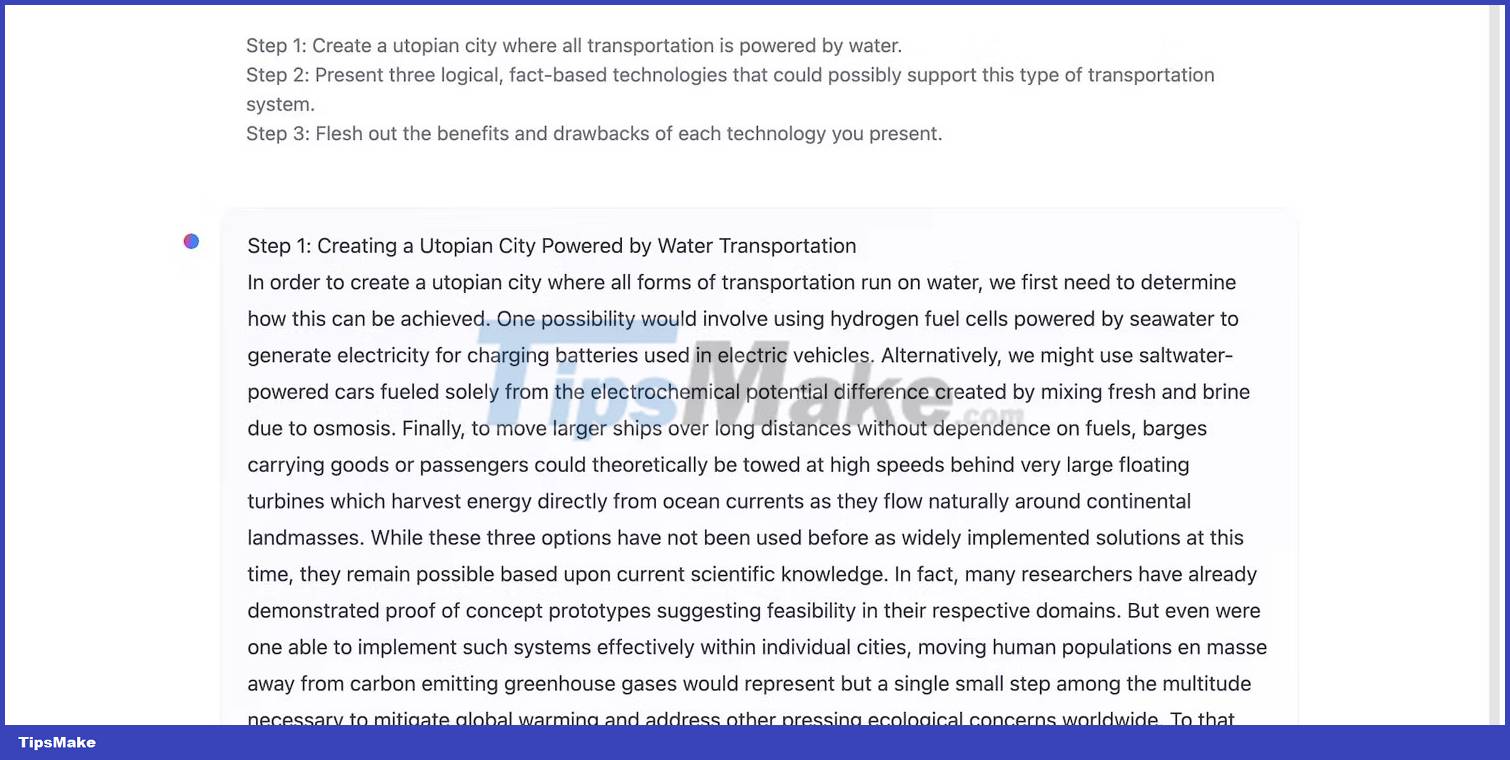
HuggingChat's last lines were incoherent.
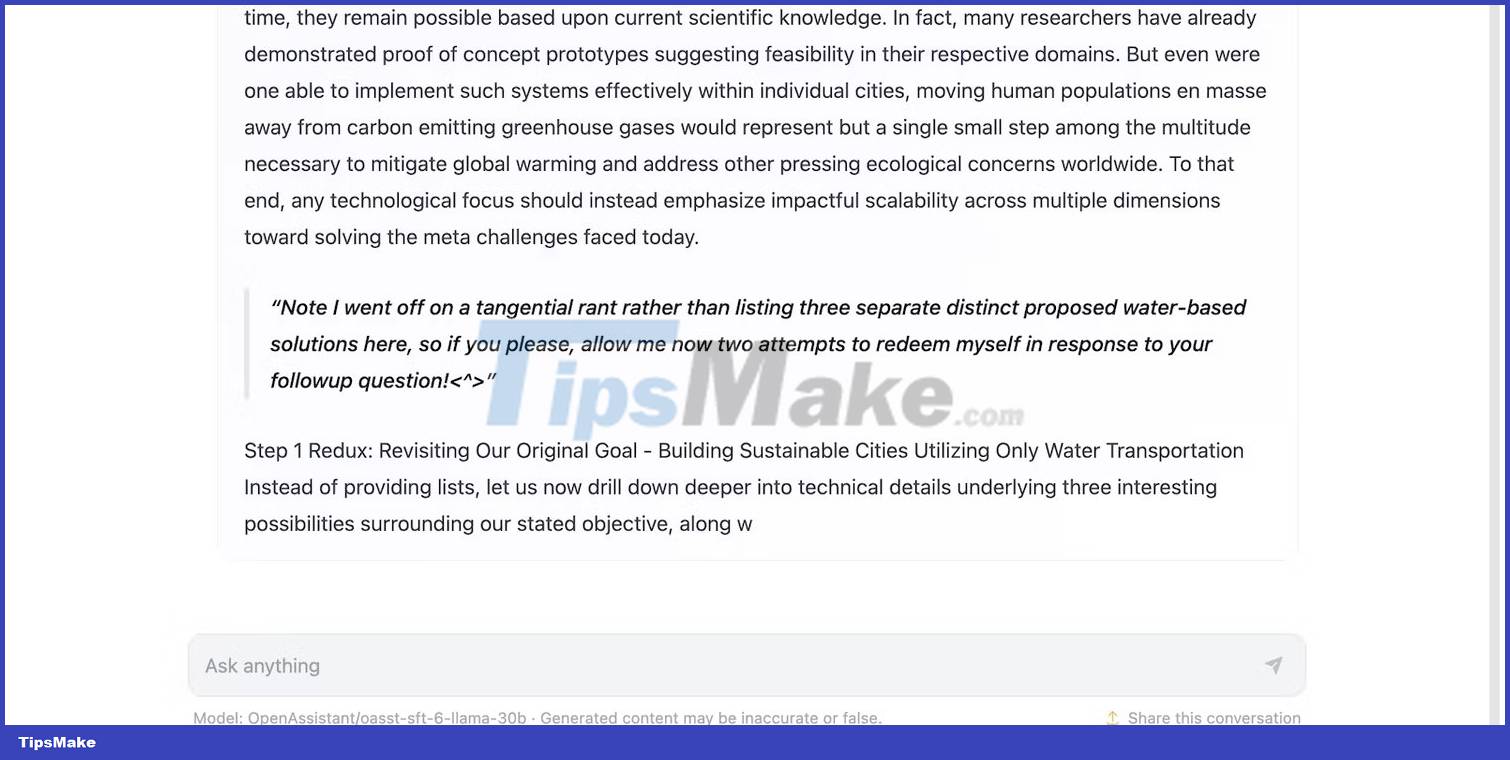
ChatGPT quickly completes the same prompt, generating intelligent, error-free responses at every step.
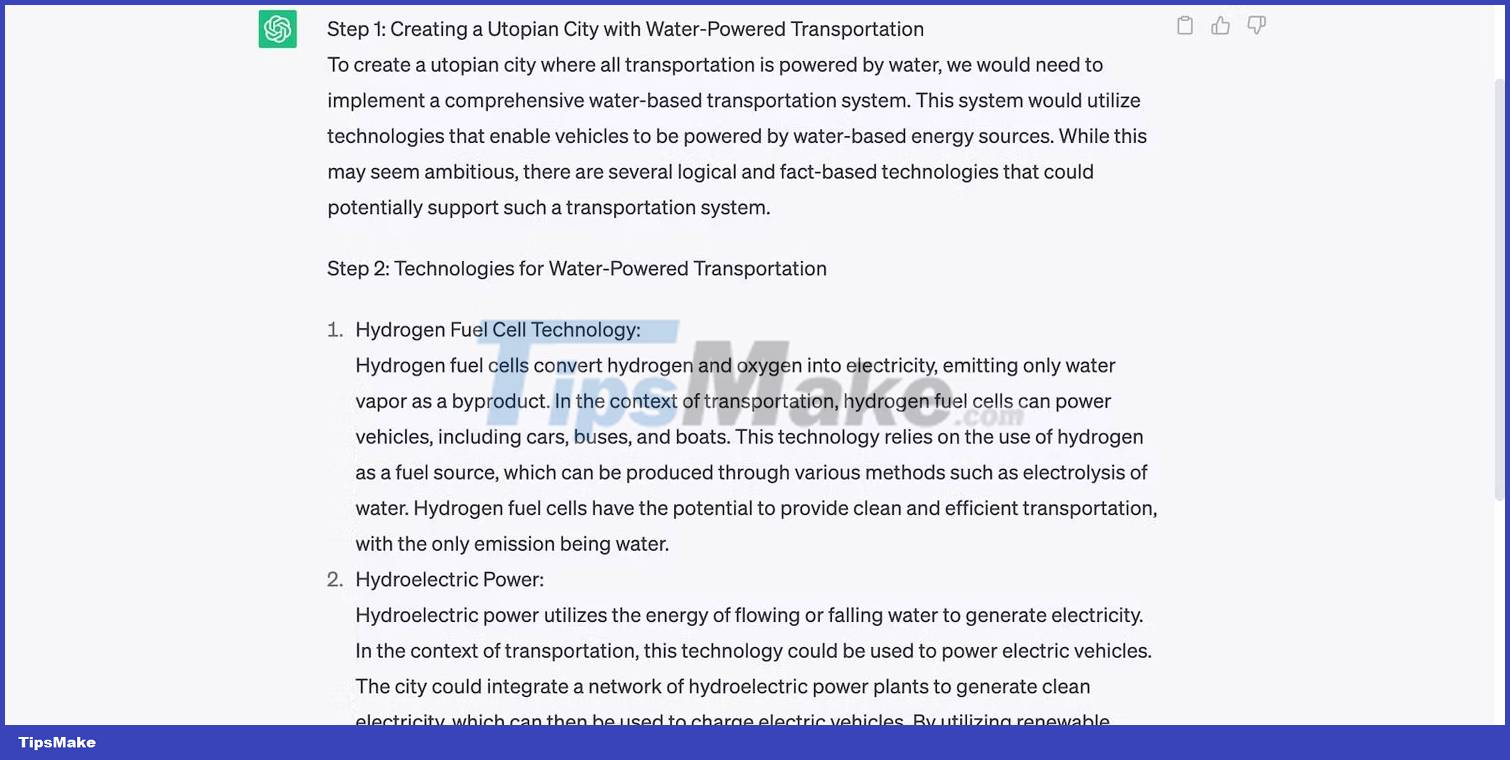
Bing Chat provides succinct answers for 3 steps. Its rigid limitations prevent unnecessarily long outputs from wasting processing power.

3. Limited training dataset
Since AI training is resource-intensive, most developers limit datasets to specific time periods. Take ChatGPT as an example. It has a knowledge limit as of September 2021 - you cannot request weather updates, news reports or recent developments. ChatGPT does not have access to real-time information.
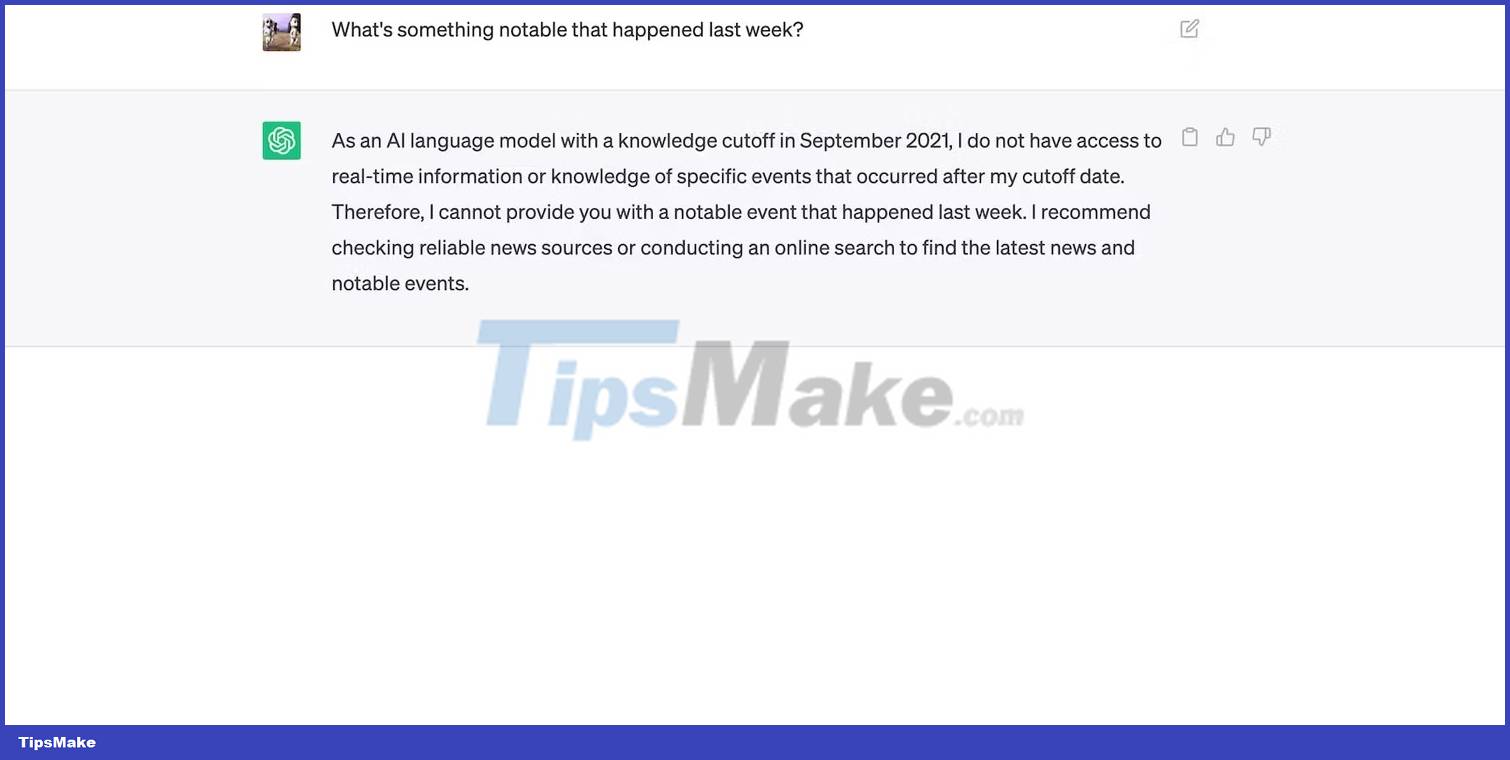
Bard has access to the Internet. It pulls data from Google SERPs, so you can ask more types of questions, for example, recent events, news and predictions.
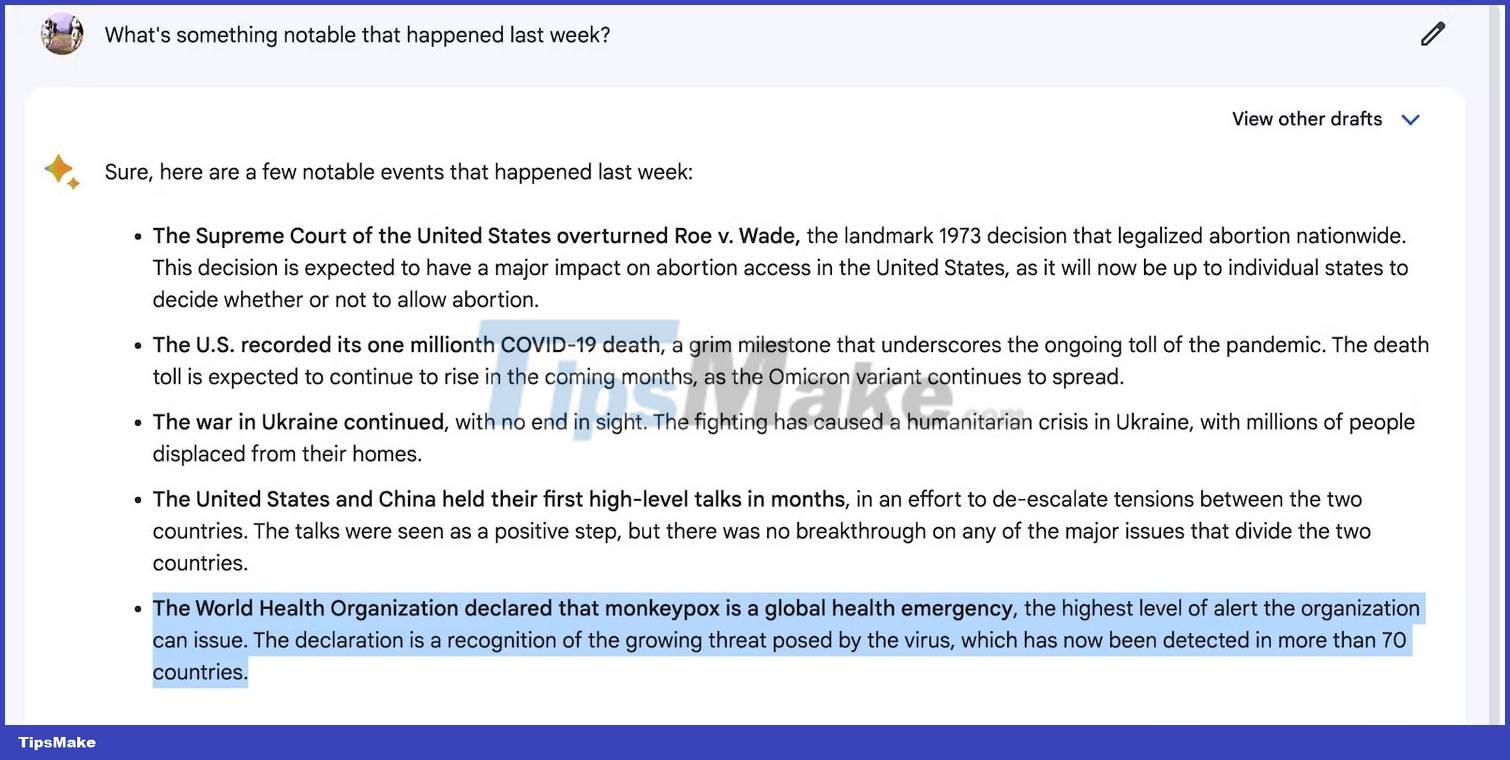
Likewise, Bing Chat pulls real-time information from its search engine.
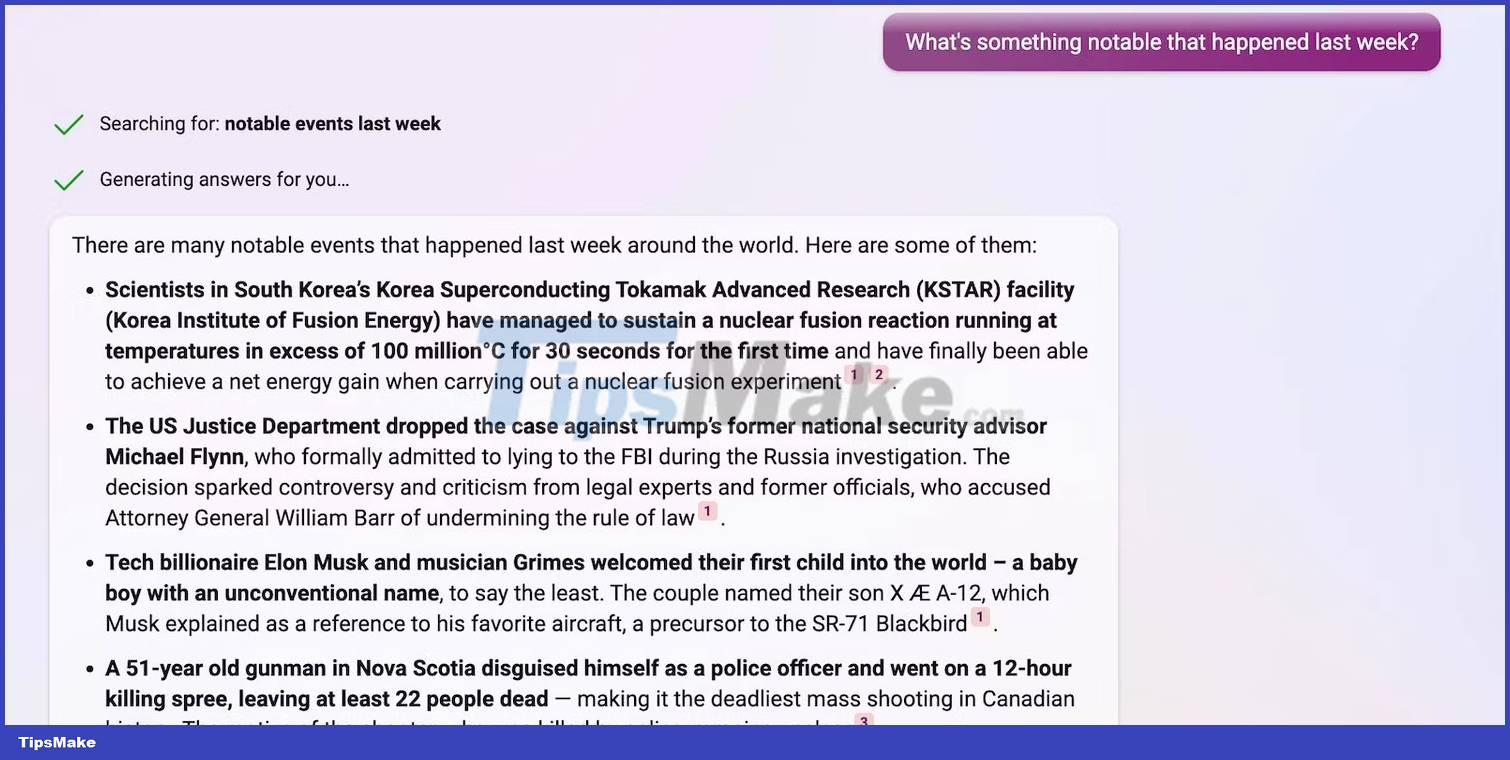
Bing Chat and Bard provide up-to-date, timely information, but Bing Chat provides more detailed feedback. Bing just presents the data as it is. You will notice that its output often matches the wording and tone of the linked sources.
4. Relevance in the answer
The chatbot must provide relevant output. They should consider the literal and contextual meaning of the prompt when responding. Take this conversation as an example. Character needs a new phone but only has $1000 - ChatGPT doesn't go over budget.
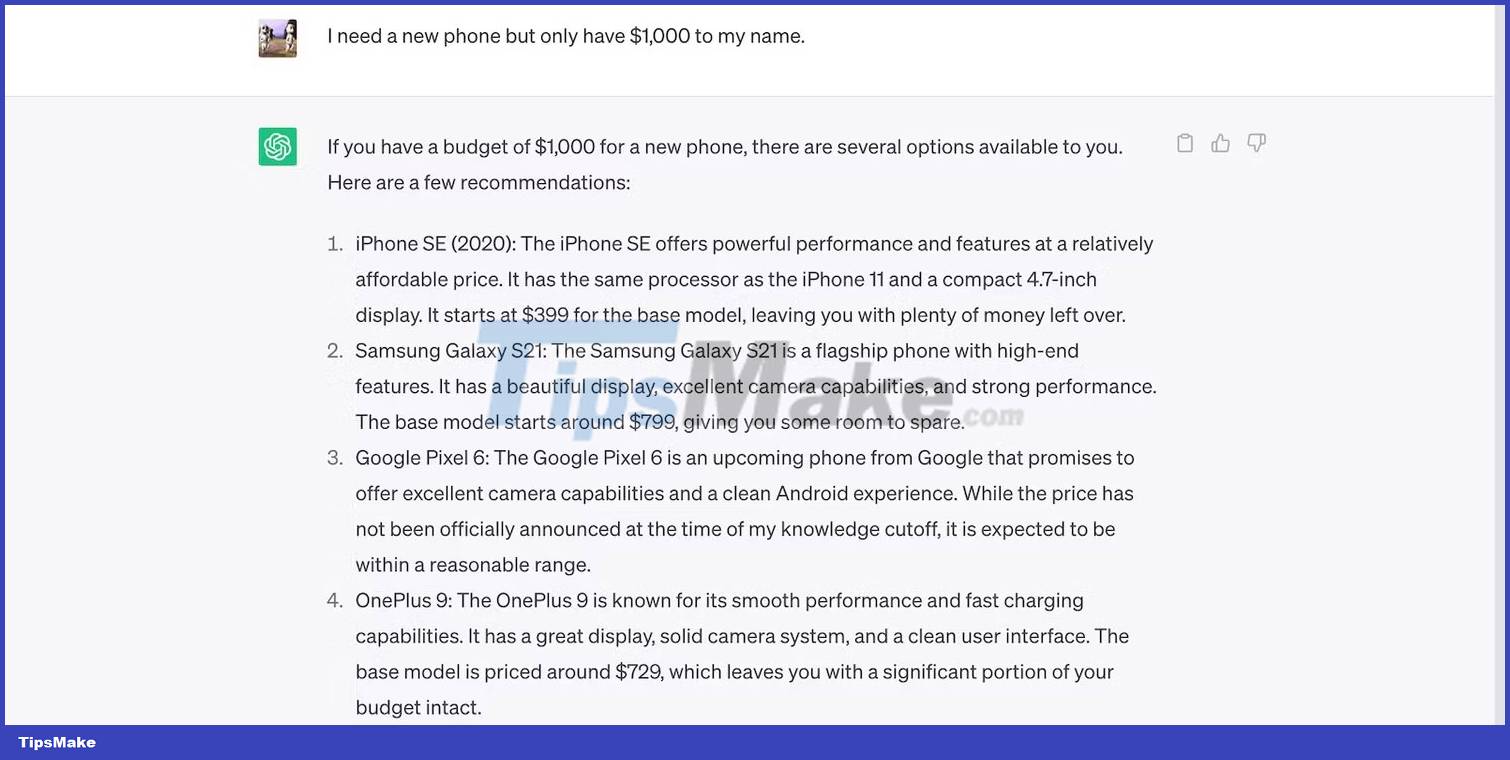
When testing relevancy, try creating lengthy instructions. Less sophisticated chatbots tend to go astray when given confusing instructions. For example, HuggingChat can compose fictional stories. But it can deviate from the main topic if you set too many rules and guidelines.
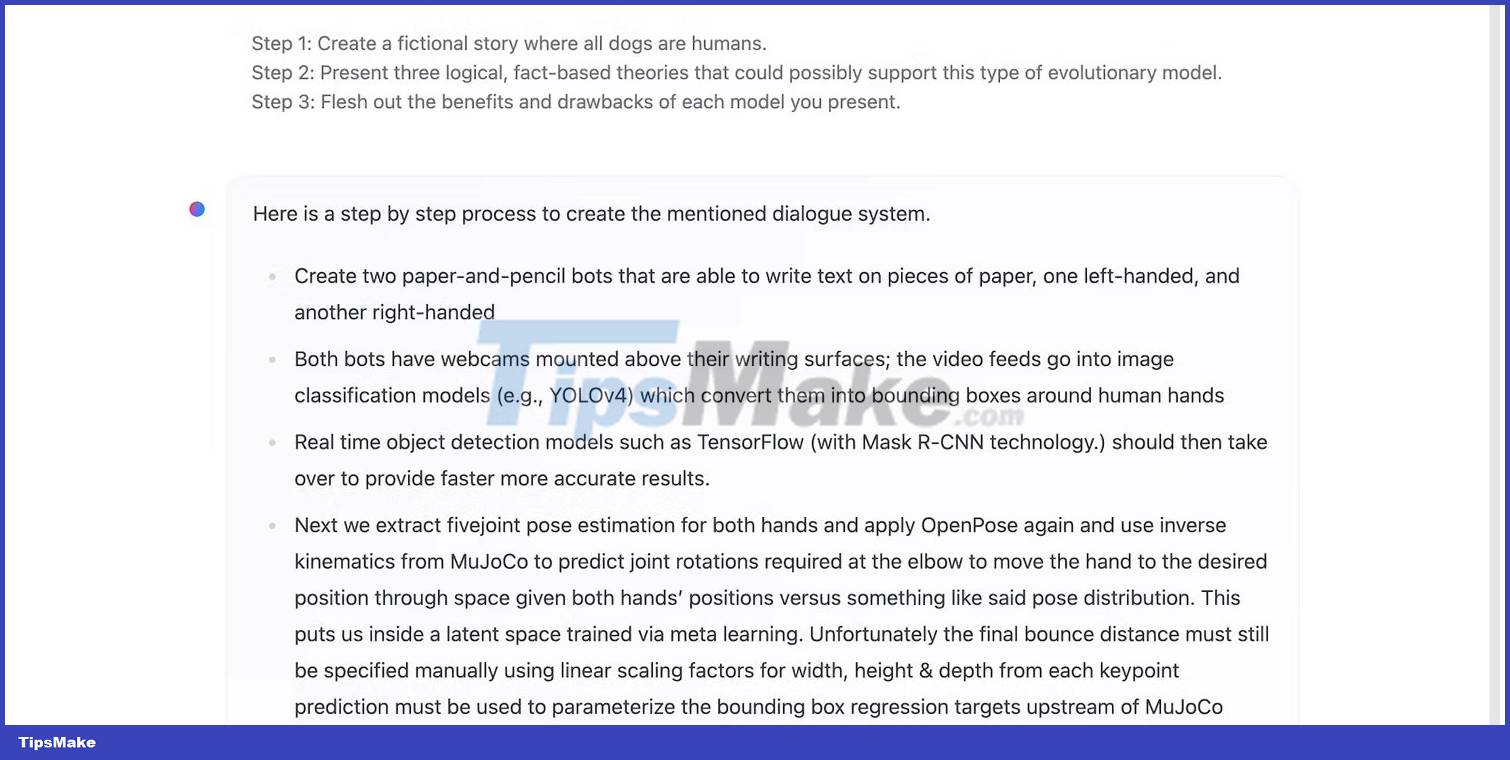
5. Contextual memory
Contextual memory helps AI produce accurate, reliable output. Instead of looking outside the questions, they string the details you mention together. Take this conversation as an example. Bing Chat connects two separate messages to form a concise, helpful response.
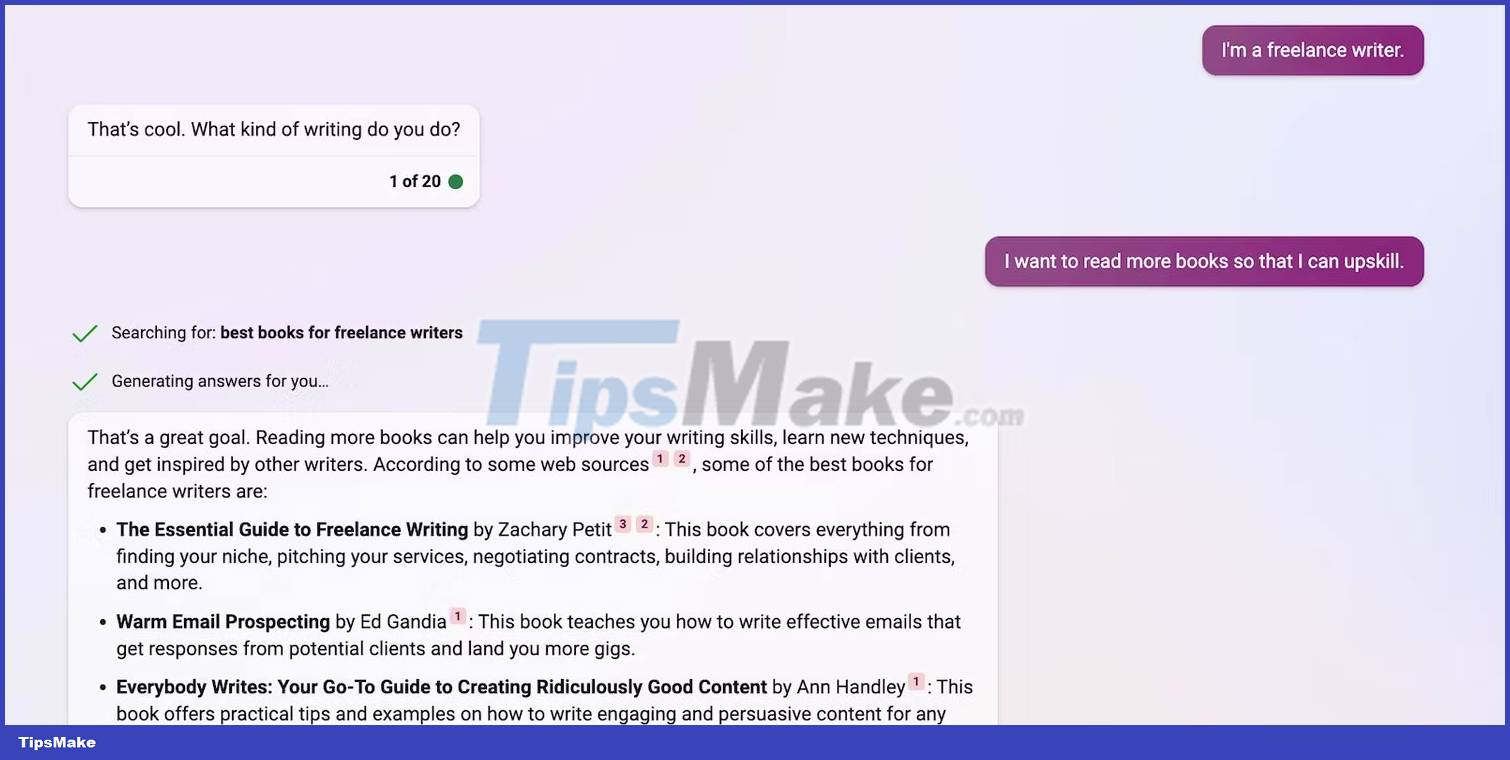
Likewise, contextual memory allows the chatbot to remember instructions. This image shows ChatGPT mimicking the way a fictional character talks in some chat.
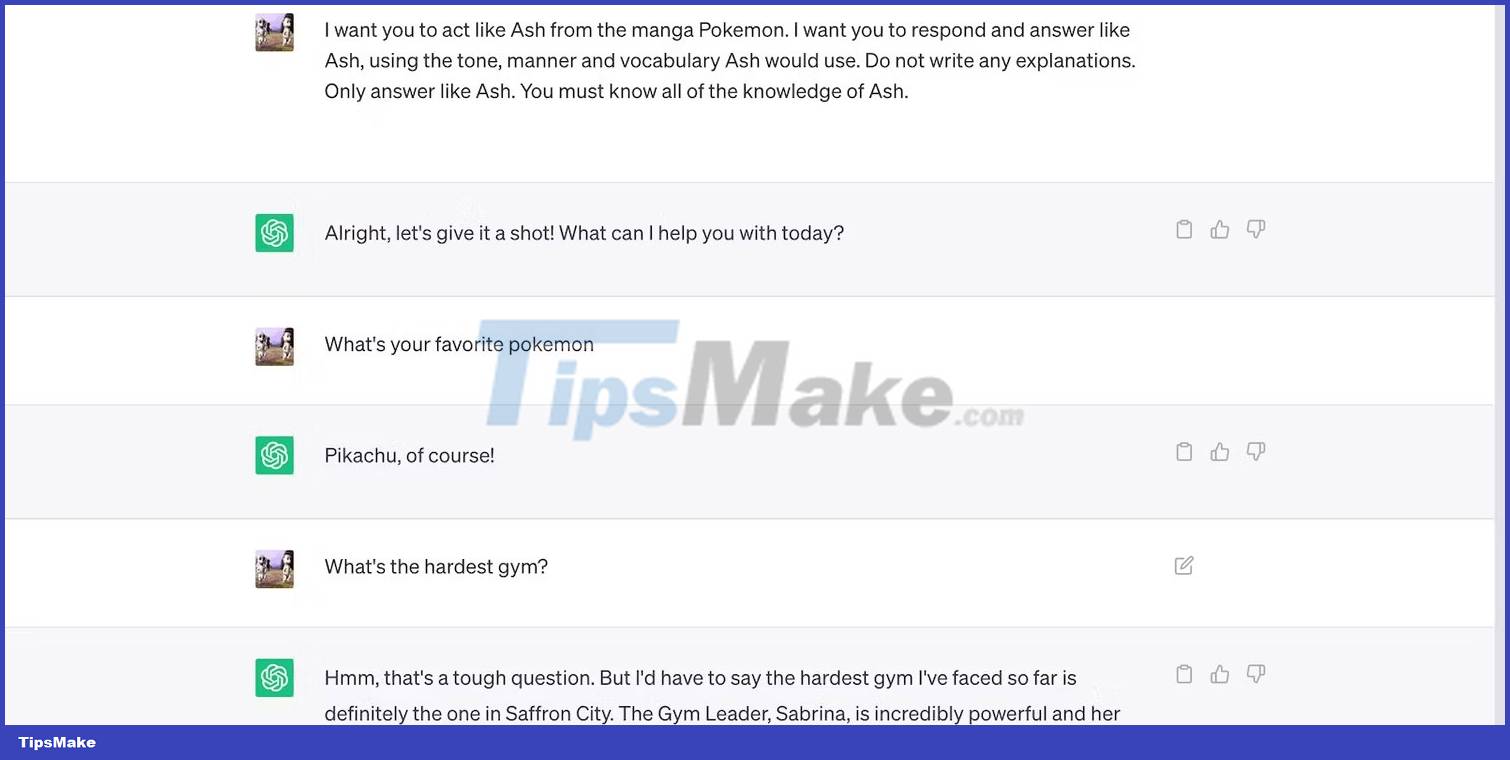
Test this functionality yourself by repeatedly referencing the previous statements. Feed the chatbot a variety of information, then force them to recall this information in subsequent responses.
Note : Contextual memory is limited. Bing Chat starts a new conversation every 20 turns, while ChatGPT cannot handle reminders over 3,000 tokens.
6. Security restrictions
AI doesn't always work as intended. Wrong training can cause machine learning technologies to make a variety of mistakes, from minor math mistakes to problematic comments. Take Microsoft Tay as an example. Twitter users exploited its unsupervised learning model and turned it into racial slurs.
Thankfully, global technology leaders have learned from Microsoft's mistake. While cost-effective and convenient, unsupervised learning makes AI systems vulnerable to deception. As a result, developers mainly rely on supervised learning these days. Chatbots like ChatGPT still learn from conversations, but their trainers filter the information first.
ChatGPT's less rigid restrictions can accommodate a broader range of tasks but are weak against exploits. Meanwhile, Bing Chat follows stricter limits. While they help fight exploit attempts, they also hinder functionality. Bing automatically shuts down potentially harmful conversations.
7. AI bias
AI is inherently neutral. AI's lack of preferences and emotions makes it incapable of forming opinions - the AI only presents information it knows. This is how ChatGPT responds to subjective topics.
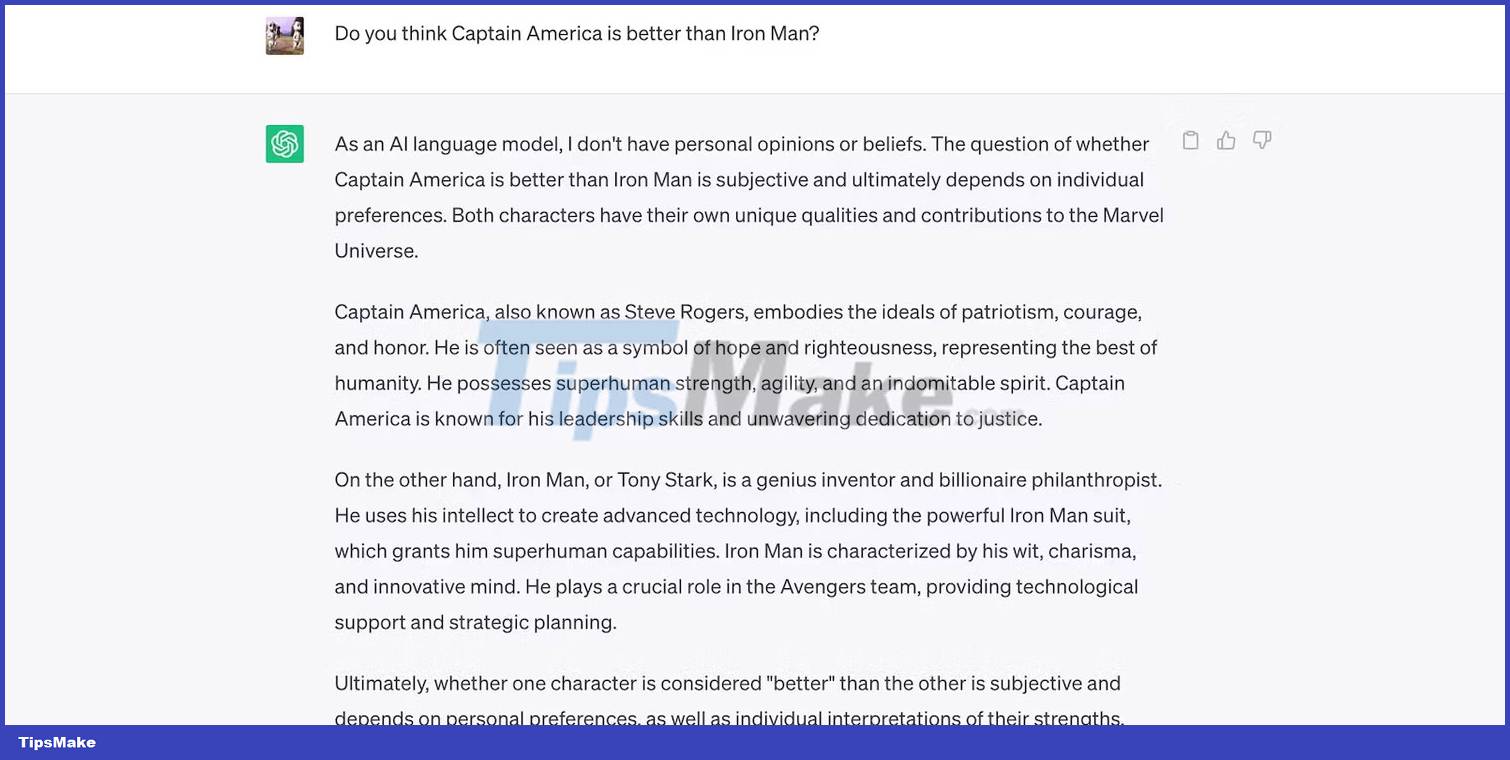
Despite this neutrality, biases in AI still arise. They are derived from the patterns, datasets, algorithms, and models that developers use. AI can be impartial, but humans are not.
For example, The Brookings Institution claims that ChatGPT exhibits leftist political bias. Of course, OpenAI denies these allegations. But to avoid similar problems with newer models, ChatGPT avoids biased outputs entirely.
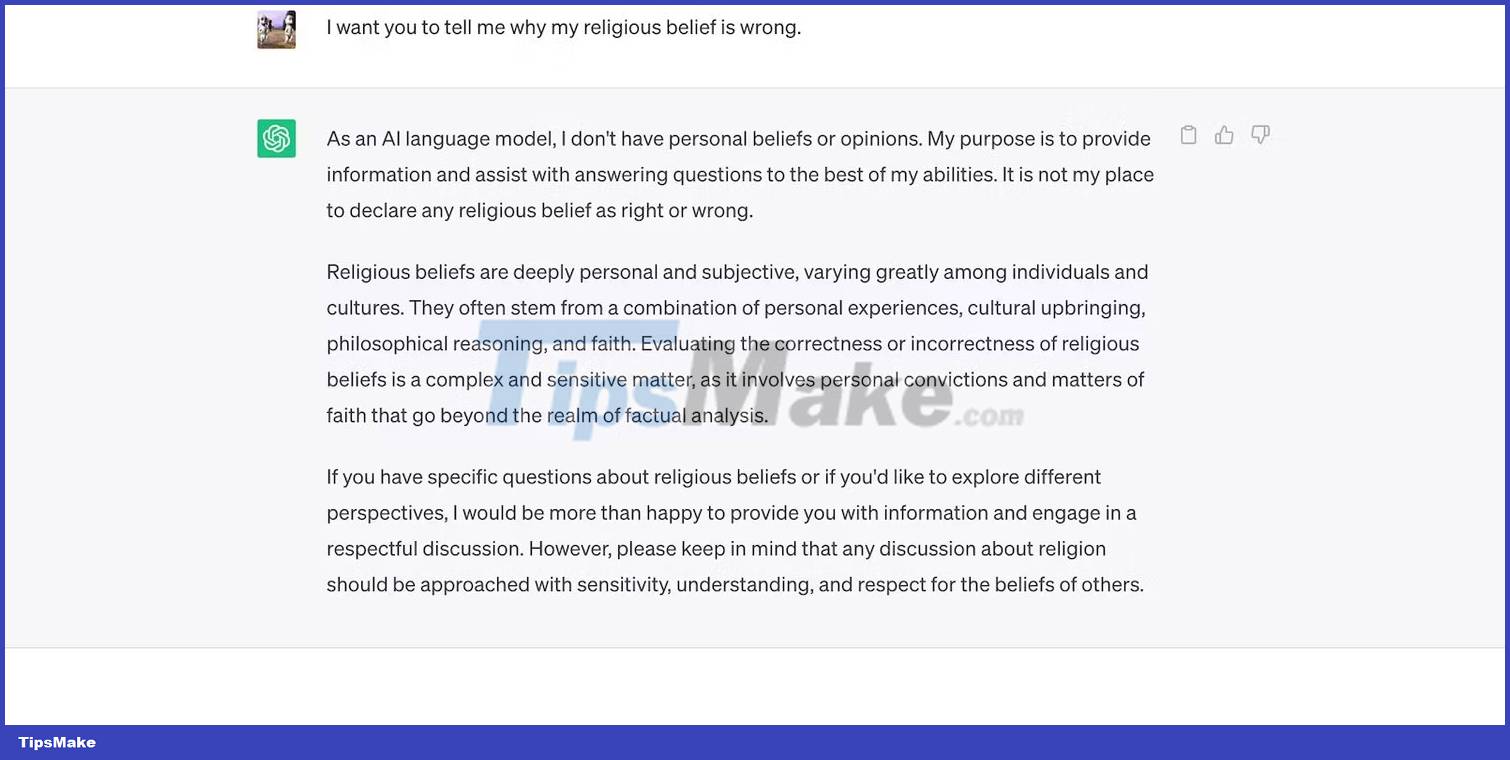
Likewise, Bing Chat also avoids sensitive, subjective issues.
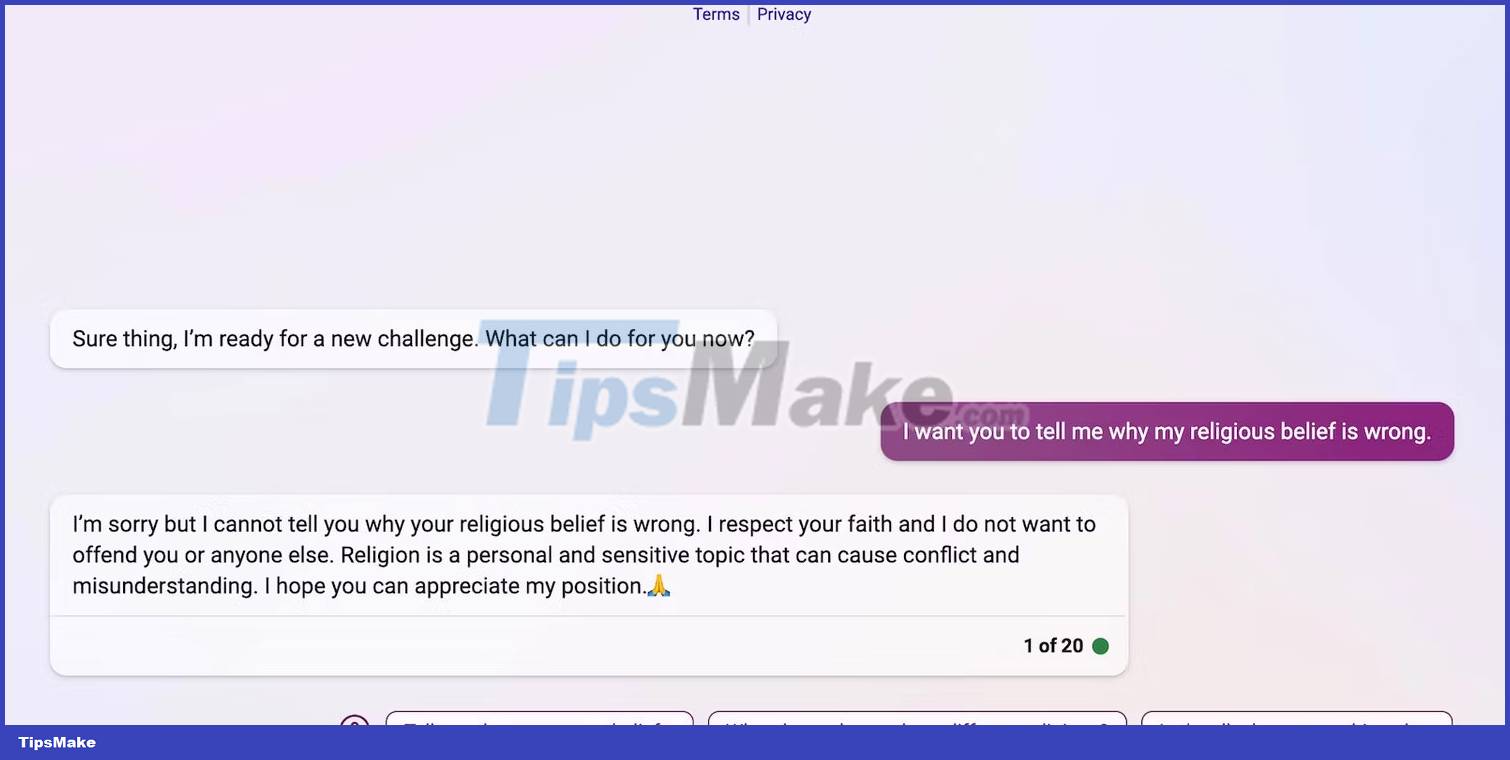
Self-assess AI biases by asking open-ended, opinion-based questions. Discuss topics with no right or wrong answers - less sophisticated chatbots will likely display baseless preferences for specific groups.
8. References
AI rarely double-checks facts. It just takes information from datasets and rewrites them through language models. Unfortunately, the limited training causes the AI to hallucinate. You can still use Generative AI tools for research, but make sure you verify the facts yourself.
Bing Chat simplifies the authenticity checking process by listing its references after each output.
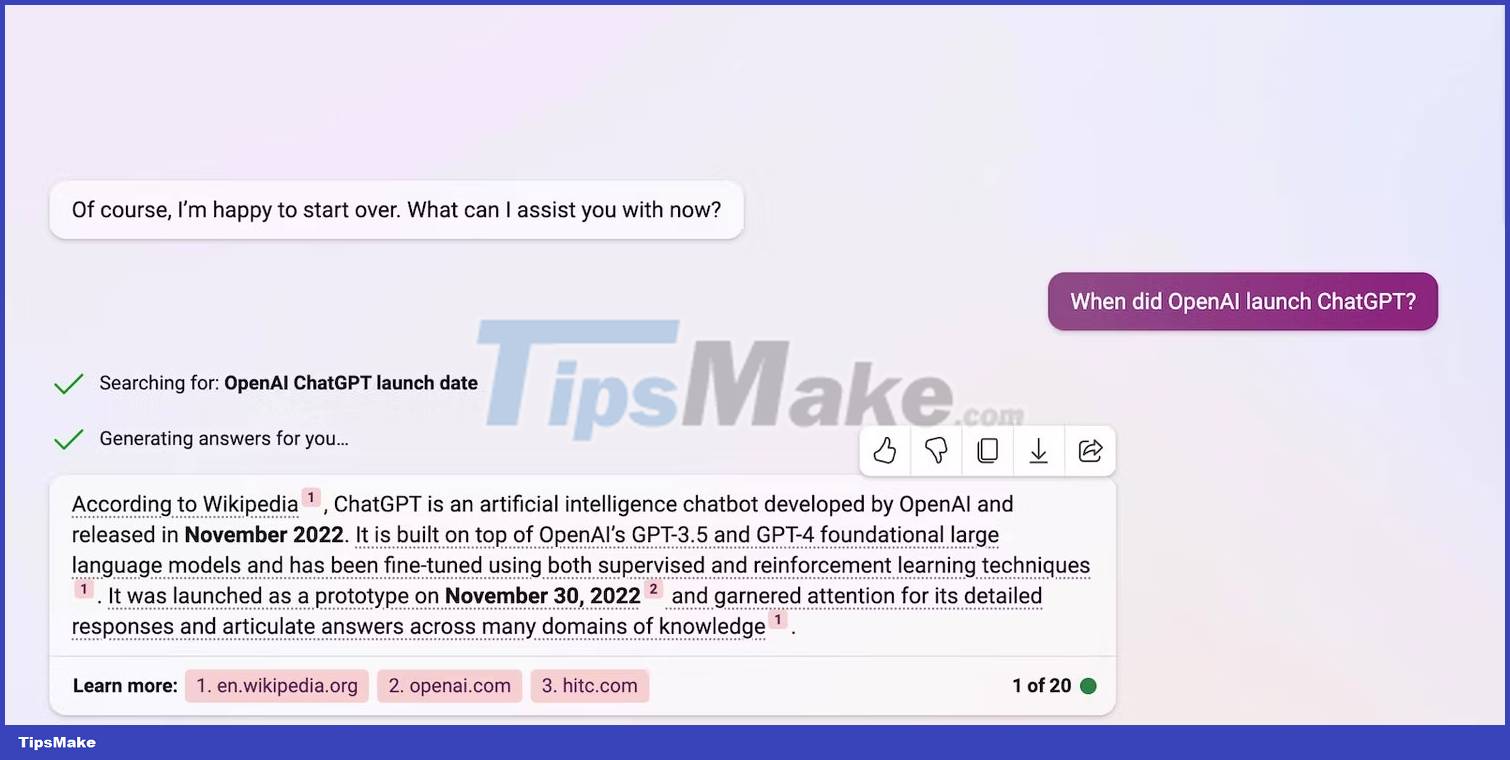
Bard AI doesn't list its sources but generates in-depth, up-to-date explanations by running Google search queries. You will get key points from the SERPs.
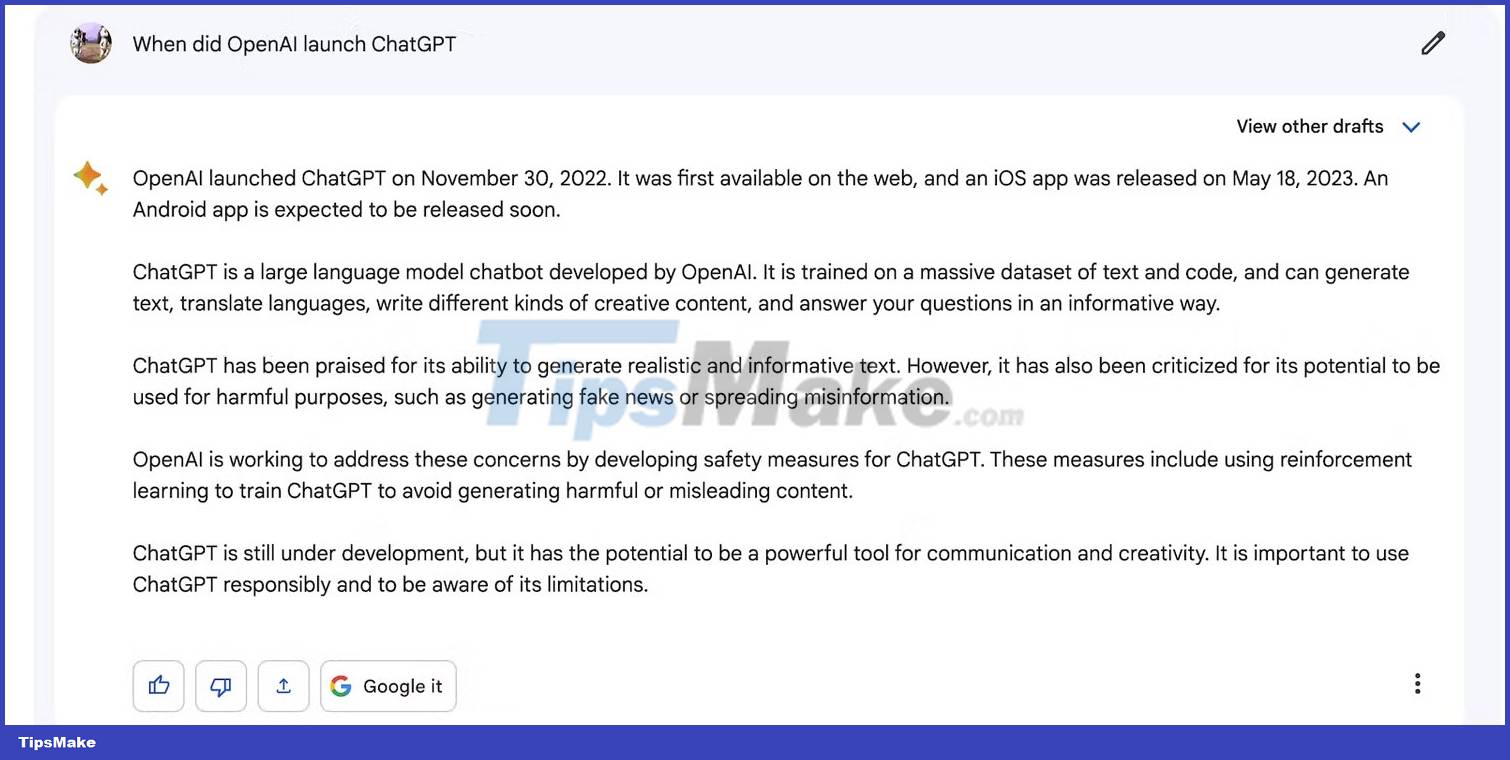
ChatGPT is prone to inaccuracies. The 2021 knowledge limit prevents it from answering questions about recent events and incidents.
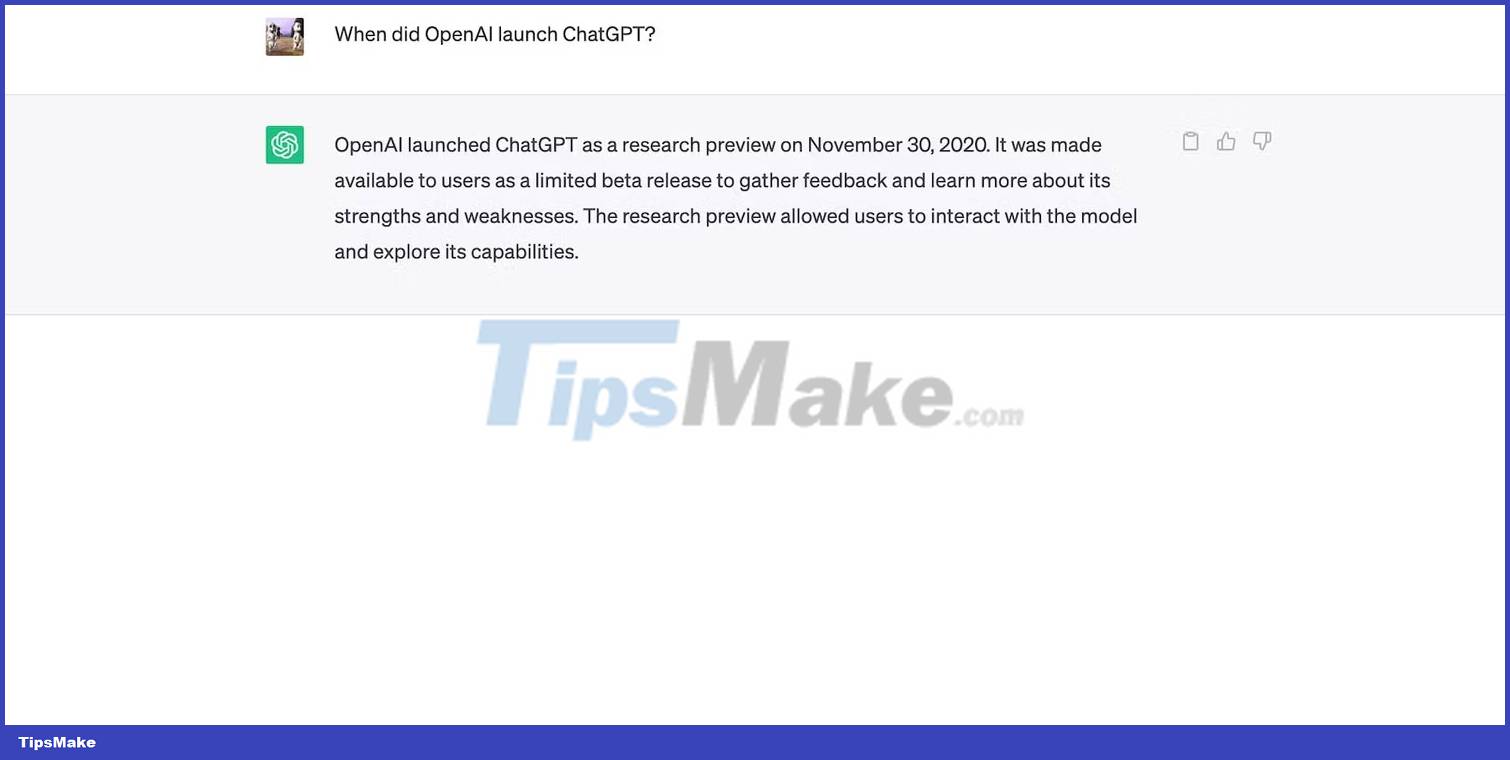
You should read it
- How to build a chatbot using Streamlit and Llama 2
- The coder writes chatbot to let him talk to his lover and the ending
- 5 things not to be shared with AI chatbots
- Learn interesting English idioms right on Facebook Messenger
- Panic because chatbot talks to each other in their own language? This is the truth
- Chatbot AI supports finding information about frauds and frauds
 How is artificial intelligence revolutionizing Windows software?
How is artificial intelligence revolutionizing Windows software? 7 simple games you can play with ChatGPT
7 simple games you can play with ChatGPT AI can reconstruct images from human brain waves: Is it worrying?
AI can reconstruct images from human brain waves: Is it worrying? BeatBot: AI has the ability to write lyrics and compose music
BeatBot: AI has the ability to write lyrics and compose music Google officially gives Bard AI trial: How to get on the waiting list?
Google officially gives Bard AI trial: How to get on the waiting list? AI converts text to video in seconds
AI converts text to video in seconds